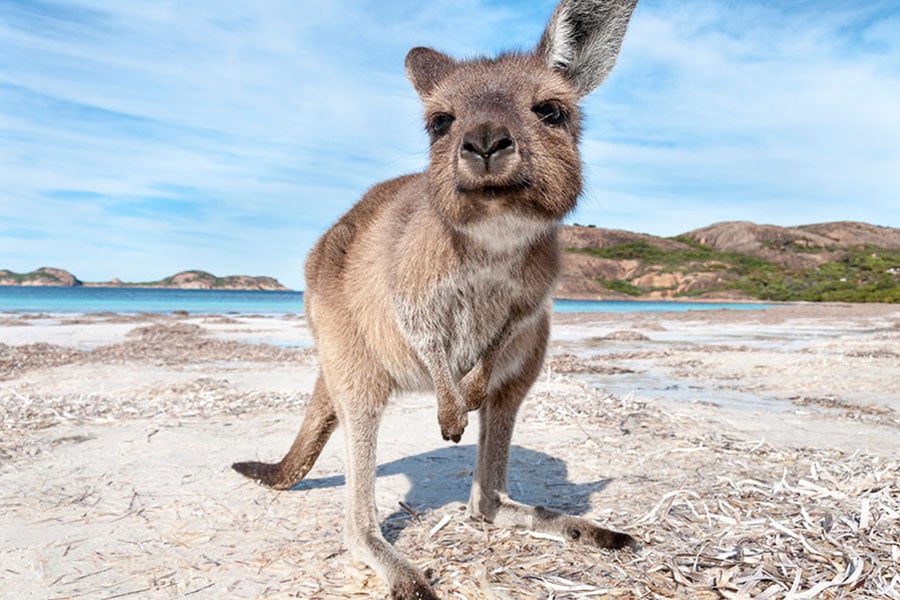Crossing the Nullarbor Plain from Adelaide to Perth
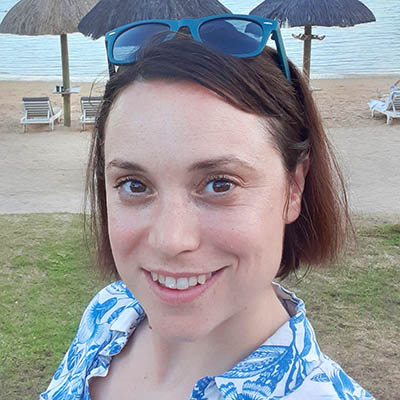
TripBlogs
The Nullarbor Plain is a vast, arid stretch of land located in southern Australia, spanning over 1,200 kilometres. It's a place ruled by the natural kingdom, with jaw-dropping landscapes, unique wildlife, and a sense of untouched beauty that will leave you in awe.
Nullarbor means ‘no trees’ in Latin, and you’ll quickly understand why. This arid near-treeless plain is located on the Great Australian Bight coast, alongside cliffs that tower over the crashing Southern Ocean. To this north, it gives way to Great Victorian Desert. Landscapes simply don’t get more dramatic than this.

If you're a fan of road trips, the Nullarbor Plain should be high on your bucket list. If offers endless horizons, open roads stretching as far as the eye can see, and the freedom to explore at your own pace. You can opt for a self-drive or book a fully hosted trip with a private driver, giving you the chance to sit back and soak up the views. For a touch of real luxury, you can cross the Nullarbor on the Indian Pacific train.
During the journey, you'll have the opportunity to witness Australia’s native wildlife firsthand. Keep your eyes peeled for kangaroos and emus alongside the road or railway tracks, as well as the elusive wedge-tailed eagles soaring above. And if you're lucky, you might even spot a dingo or two.

I crossed the Nullarbor Plain on a small group tour from Adelaide, sleeping in a swag under the stars of the Southern Hemisphere. Nowadays, I would opt for more privacy and comfort, staying in motels and hotels along the way. It was an adventure full breathtaking landscapes, unforgettable wildlife encounters, and a sense of freedom that only a road trip can provide.
Whether you choose to set off on a self-drive, rent a campervan, take the Indian Pacific, or opt for a private escorted journey, crossing the Nullarbor Plain is experience that you’ll never forget. Here’s a rundown of my trip across Nullarbor. I hope it inspires you to plan your own southern Australia adventure…
Exploring Mount Remarkable National Park
We said goodbye to Adelaide, the last city (and proper bed!) that we’d see for 10 days. We drove north to Mount Remarkable National Park within the vast Flinders Range. With an array of bush walks and biking trails to suit all abilities, and a variety of birds and wildlife to spot, it’s no wonder that this National Park is popular with adventure seekers, families, and hikers escaping Adelaide for a weekend.
Hiking Alligator Gorge
We chose to hike part of Alligator Gorge; the ochre walls towering on either side of us with flashes of colour from the wildflowers and gum trees dotted around. You make making hiking as easy or hard as you want in this area so a perfect stop for all travellers.
At the end of a busy first day, it was time to decide where we were going to sleep for the night. Our small group tour across the Nullarbor was an all-out Australian swag camping experience, so we’d spent the next nine nights sleeping on the ground in a range of beautiful locations with a range of Ozzie critters as company.

Hiking the Dutchman Stern
The next morning, after an unexpectedly good night’s sleep, we moved to a different area of Flinders Range and tackled the Dutchman Stern summit. Here, we got our first glimpse of kangaroos, much to the group’s excitement. The hike is a moderate walk surrounded by native flora and fauna, your reward at the top is endless views of the plains, hinting at the vast journey we had ahead of us.

Meeting the Big Galah
What’s an Australian road trip without stopping to see the world’s largest galah? The “Big Galah” sits outside the “Halfway Across Australia” shop in Kimba which, unsurprisingly, marks the halfway point between Sydney and Perth.
Kimba is the perfect place to stop before you enter the Eyre Peninsula, as there are a couple of great spots to eat. It’s also the gateway to the Gawler Ranges and Roora Water Reserve, if you want to stretch your legs and set off on a hike.

Visiting Venus Bay
As we arrived on the west coast of the peninsula, our next stop was stunning Venus Bay. We took a walk along the rugged clifftops and watched dolphins surfing in the waves below us. This majestic coastal scenery features heavily throughout a Nullarbor adventure, and it never disappoints.
Staying a Coodlie Park Eco Retreat
That evening we stayed at Coodlie Park Eco Retreat, where we had the luxury of sleeping off the floor for a night in one of their swag huts. They also have fully equipped cottages and a bungalow on site.
This was a unique, off-grid experience with a focus on sustainable travel, so you can expect a truly rustic Australian outback stay. Turn your phone off, light the BBQ, kick back on your wooden deck with a glass of South Australian red wine, and just enjoy the peace.

Swimming with dolphins and sea lions
The next day I had one of my all-time favourite travel experiences, swimming with dolphins and sea lions in Baird Bay. I was slightly nervous to test the theory that sharks avoid areas where there are dolphins, especially since great whites are frequently spotted just up the coast in Streaky Bay, but we bravely donned our wetsuits and hopped aboard the boat to search for a dolphin pod.
We didn’t have to travel very far before we came across the dolphins, and soon we were snorkelling alongside them. However, while I loved swimming with the dolphins, it was the sea lions that stole my heart.
They swam around us like curious, doe-eyed puppies, picking up stones, then dropping them and diving to catch them before they hit the seabed. It was like playing a sea lion version of fetch. I had to be almost dragged out of the water, and I would have happily spent another hour or two swimming with these incredible creatures.

Exploring Streaky Bay
After seeing the Big Galah, there was no way that we would miss the chance to see the giant Great White Shark, bizarrely found at the back of a roadhouse in Streaky Bay. It’s a replica of the shark caught by a local resident and happens to be one of the one of the biggest sharks ever caught with a rod and reel.
Just like Route 66 in the USA, these local stories (and giant models of random things) are exactly what road trips are all about for me. Needless to say, I loved it!

Staying at Fowlers Bay
Our stop for the night was Fowlers Bay, a small fishing village with rolling sand dunes to one side and a jetty stretching into the sunset ahead on the other. In the Australian winter months (June to October) it becomes a nursery for migrating Southern Right whales, so it’s an excellent stop before you hit the Nullarbor.

Crossing the Nullarbor Plain
The next morning, we begin our epic drive across the Nullarbor Plain. Today I was finally going to see the signpost that sparked the whole inspiration for this trip. Yes, a signpost!
Both my husband and I had visited Australia before, so we wanted to explore the less-travelled regions that we skipped the first time around. As we were trying to decide our destinations, a picture of the iconic yellow road sign with a kangaroo, wombat, and camel popped up in a magazine, and that was it!
I decided right then that I wanted to explore an entirely different part of Australia, away from the big cities, rainforests, and reefs. This time, the trips was all about dramatic cliff walks, empty white sand beaches, and long (very long!) stretches of road with never-ending views ahead. It was just the opportunity to reconnect with nature that I was looking for – a raw and wild Australian experience.

The arid, crimson land of the Nullarbor Plain was only broken when we arrived at the world’s longest continuous line of sea cliffs - Bunda Cliffs. It was a long journey, so we made plenty of stops along the Great Australian Bight to take in the scenery. Sitting on a camping stool with a hot dog and a beer as the cliff dropped just metres to our side, was a moment I’ll never forget.

G’day Western Australia
Soon enough, it was time to say goodbye to South Australia and hello to Western Australia. After a night of bush camping near the border, we set off on Australia’s longest straight road, aptly named “90 mile straight”.

Visiting the Eucla Telegraph Station
We made a stop at the partially buried Eucla Telegraph Station, which was a lonely reminder of how remote this area is, and an interesting history lesson. Before this station was built, communication between Western Australia and the rest of the country was limited and very slow.
The station also played a big role in the gold rush of Western Australia as discoveries and sales could be communicated urgently, as well as translating morse code between states (as some used American code and other International). When the railway and telegraph wires were built decades later, Eucla became a ghost town and succumbed to the sand around it.

Learning about Balladonia
Balladonia is another almost abandoned telegraph town (at the time we travelled the population, according to the more recent census, was 5 people) with a small but unexpected museum about… NASA. In 1979, NASA decided to decommission the Sky Lab and de-orbit it. They hoped that it would break up before reaching earth or land in the ocean, but it actually arrived on earth in a blaze of light and fire.
Fragments landed in Balladonia, which put the town firmly on the map. People came in search of debris, reporters flocked to the town, and the Australian government issued a (still unpaid) fine to NASA for littering. Miss America was flown in for PR and President Carter called the local hotel manager to apologise. It may sound like a Hollywood film, but the story of Balladonia is all true.
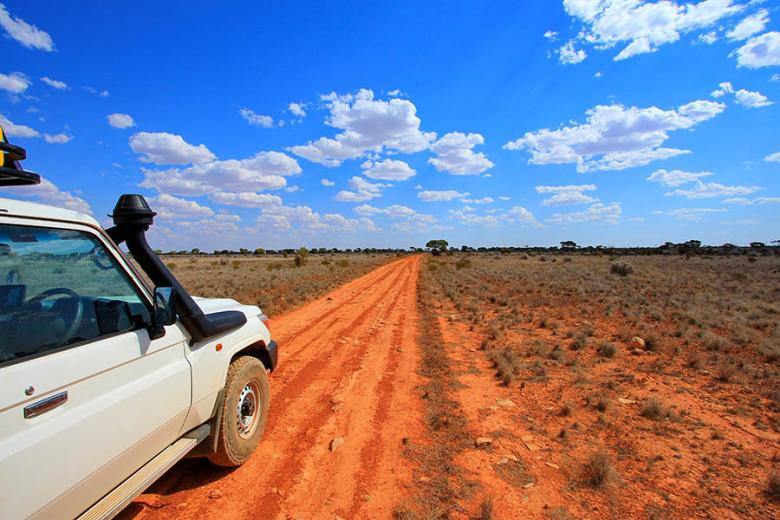
Crossing the world’s largest golf course
As if a NASA spaceship, a giant galah, and shark weren’t enough, we all passed numerous golf courses with just one hole each! You can tee off in Ceduna, South Australia, before playing 16 other holes over 1365km and then finishing at hole 18 in Kalgoorlie, Western Australia. With equipment for hire at every hole, it’s a once-in-a-lifetime opportunity for golf fans, and what a story to tell in the clubhouse when you get home!
A pitstop in Norseman
We took a quick stop in Norsemen, where we were welcomed by several tin camels on the roundabout (a nod to the camel trains that passed through carrying mail). We made a whirlwind tour to learn more about the gold boom and the gold mine that still exists, before driving onwards to my favourite stop on the whole trip.
Staying at beautiful Lucky Bay
We spent our next two nights at Lucky Bay, our base for exploring the indescribable beauty of Cape Le Grand National Park. I could talk about the turquoise waters and the white powder sand, but words really don’t do these beaches justice. It takes a lot for a beach to impress me, but Western Australia takes the crown for the best beaches in the world.
I highly recommend getting up for a sunrise here. One morning, I had the whole beach of Lucky Bay to myself, which made it feel really special. Well, I wasn’t completely alone, as I was kept company by the friendly kangaroos that hop around the beach – I’m not sure you’ll ever experience anything more Australian than that!

We spent our days hiking between the secluded bays. Some people braved a swim and a snorkel, although sharks have been spotted in the area. One morning, we decided to scale Frenchman Peak, a shortish (under 3km) but steep hike. At the top, you can take a breath and look out over the huge National Park below you. I’d say it’s well worth the effort.

Valley of the Giant’s Tree Top Walk
After stopping at Willoughby Park for a spot of wine tasting, we moved on to the Valley of the Giants Tree Top Walk. We scaled the 6 bridges, immersed in the canopy of the forest around us, finishing at a point 40 metres in the air before descending to the boardwalk below. Strolling through the ancient tingle trees we began to reflect on the journey across the Nullarbor.
Wine-tasting in Margaret River
It was time to get back to civilisation, so we headed to Margaret River for some much-awaited wine tasting. This introduced me to one of my now-favourite wines… the Western Australian Chardonnay. The 1990s did chardonnay a bit of a disservice as it fell from popularity, however, as one of the main grape varieties grown in this area, Margaret River is bringing it back in style.

Visiting Ngilgi Cave
Our final stop was Ngilgi Cave, where we marvelled at its pure size and the wonder of its stalactites and stalagmites. Afterwards, we met with an Aboriginal guide to build a fire and listen to the Dreamtime stories of his ancestors, including the story of Ngilgi - the good spirit - after whom the cave is named.
Looking back on our journey across the Nullarbor
As we made the final journey to Perth, we were all looking forward to a good shower, a good meal at an actual restaurant, and a comfy bed. However, our rough-and-ready trip across the Nullarbor Plain is still one of my favourite travel experiences. I loved falling asleep under the constellations of the Southern Hemisphere each night. I also loved waking up, unzipping my swag, and seeing a glorious sunrise day after day.

The magic of camping and glamping in Australia
Australia offers all kinds of camping and glamping experiences with a more luxurious touch, so you can sleep under a blanket of stars in style. These include outback tented pavilions with Uluru views, safari-style tents next to Ningaloo Reef, and oceanfront tents on Rottnest Island, where the cute quokkas might come to say g’day. If you include a night under canvas in your Australia itinerary, I promise that it’s likely to be the most unforgettable experience of your whole adventure.
Ready to plan your trip across the Nullarbor Plain?
We are experts in creating unforgettable tailor-made Australia holidays. Whether you're looking to cross the Nullarbor Plain by luxury train, private driver, or self-drive, we can help. Our friendly experts have travelled all over Australia, so we can give you firsthand advice and inside tips. To get started, simply give us a call on 1273 320 580 or send us a quote request by email.
Request a quote

11 Amazing places to stay in South Australia
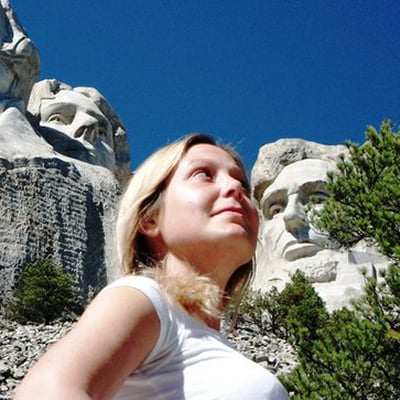
Bryony Dunn
Marketing Manager
at Travel Nation

Wildlife in Western Australia: our top 12 experiences

Milly Gill
Product Manager
at Travel Nation
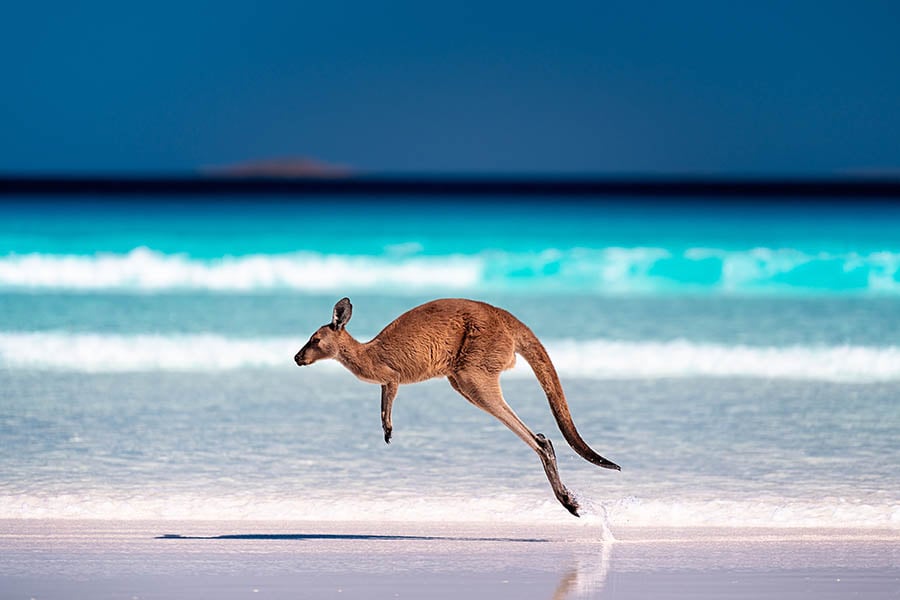
14 things to do in Western Australia: from whale sharks to wine

Milly Gill
Product Manager
at Travel Nation

10 Luxury lodges of Australia to add to your wishlist

Bryony Dunn
Marketing Manager
at Travel Nation

The best places to stay in Western Australia

Bryony Dunn
Marketing Manager
at Travel Nation

Last trip:
USA





